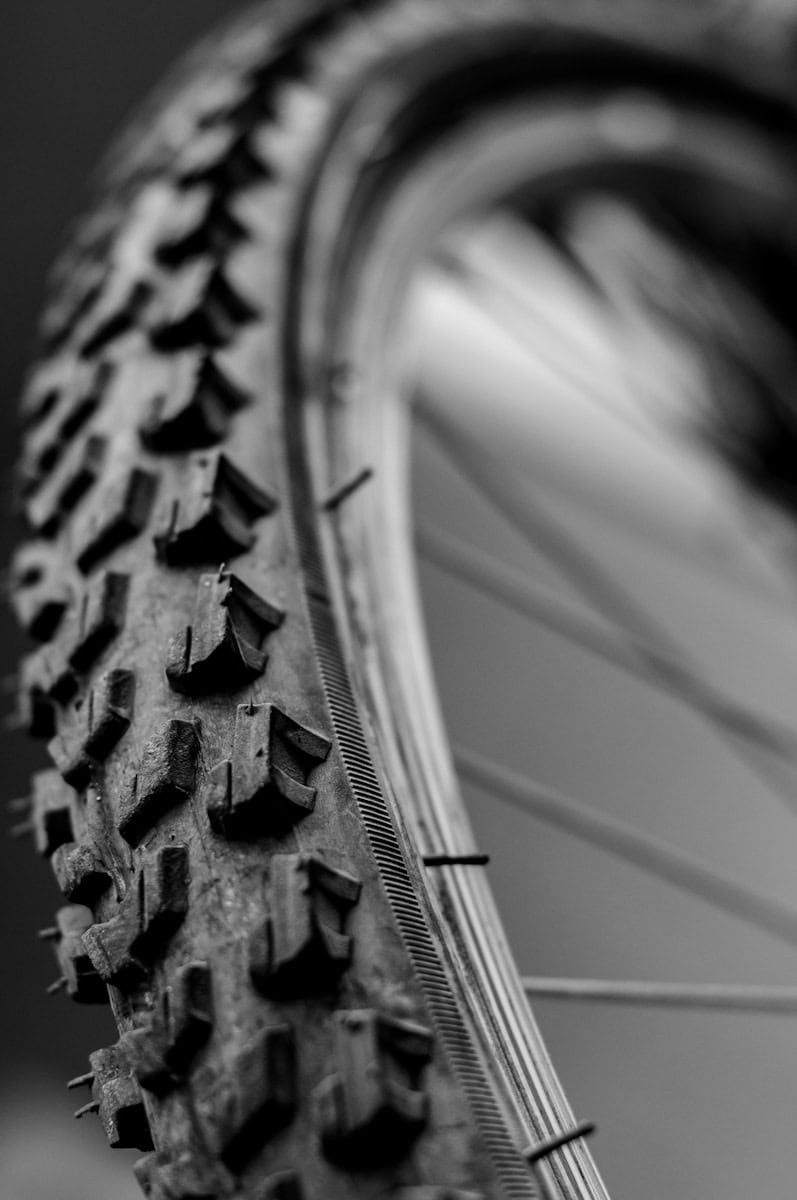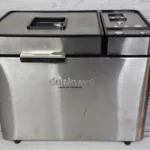Learning to fix a flat tire on a bike is a valuable skill as it can save time and money. With the right tools and a bit of practice, anyone can learn to patch a bike tire, which means fixing small holes without replacing the whole tube. A clear and simple step-by-step guide for bike tire repair is helpful. This guide should teach the basics of finding the hole, preparing the patch, and putting everything back together. Following these steps can get a bicycle back on the road quickly, and a good repair job means the tire will hold air just like new. Patching a bike tire is a handy fix that keeps the bike rolling and is a skill worth learning for all bike riders.
Fixing a Flat: A Cyclist’s Essential Skill
Gather Your Supplies
Before you begin, make sure you have all the necessary tools and materials:
- Tire levers (2-3)
- Patch kit (includes patches, sandpaper/scuffer, and adhesive)
- Pump (either hand pump or floor pump)
- Optional: Wrench (if your wheel is secured with nuts)
- Optional: Bucket of water (for finding the puncture)

Remove the Wheel
If your bike has quick-release levers, simply open them and slide the wheel out. If your wheel is secured with nuts, use a wrench to loosen them.
Locate the Puncture
Inspect the tire for any obvious punctures, like a nail or piece of glass. If you can’t find the puncture visually, inflate the tube slightly and listen for hissing sounds. You can also submerge the tube in water and look for bubbles escaping from the hole.
Prepare the Tube for Patching
Once you’ve found the puncture, dry the area around it thoroughly. Use the sandpaper or scuffer from your patch kit to roughen up the surface around the hole. This will help the patch adhere better.
Apply the Patch
Apply a thin layer of adhesive from your patch kit to the roughened area around the hole. Wait a few minutes for the adhesive to become tacky, then peel the backing off the patch and press it firmly onto the tube. Smooth out any air bubbles under the patch.
Reinstall the Tube and Tire
Carefully insert the patched tube back into the tire, making sure not to pinch it. Start by tucking the valve stem into the rim, then work your way around the tire, using your thumbs to push the tire bead back onto the rim. You may need to use tire levers for the last section.
Inflate and Check
Inflate the tire to the recommended pressure, using your pump. Check for any remaining leaks by listening for hissing sounds or submerging the tire in water. If there are no leaks, reinstall the wheel onto your bike.
Preparing the Damaged Tire
Fixing a flat tire starts with getting the tire ready. Here are the steps to find the leak, take the tire off, and check for damage.
Locating the Leak
First, find where the air is escaping from the tube. Pump air into the tube. Then listen and look for the leak. It might hiss. If not, put the tube in water and watch for bubbles.
Removing the Tire
To take off the tire, first, let all the air out of the tube. Open the quick release or thru-axle on the wheel to remove it from the bike. Next, put the flat edge of a tire lever under the tire’s edge. Gently pry the tire away from the rim and hook the lever to a spoke. Slide another lever around the rim to lift the tire off.
Inspecting the Tire and Tube
Now, look at the tire and tube. Check for things like glass or a nail that may have caused the flat. Decide if you can fix the tire with a patch or if you need to replace it. Look for cuts or holes in the tire too. If the tire is badly damaged, it may need replacing as well.
Patching the Tire
Properly patching a tire helps avoid flat tires and ensures a smooth ride. This section outlines steps to clean the punctured area and apply the patch.
Cleaning the Punctured Area
First, locate the hole in the tube. Clean the area around the puncture with alcohol to remove dirt and oil. This will help the patch stick better. If using a traditional patch kit, roughen the area around the hole with sandpaper. This provides a good surface for the glue to bond.
Applying the Patch
To apply a traditional patch, spread a thin layer of rubber cement over the sanded area. Wait for the cement to become tacky. Remove the plastic backing from the patch and press it firmly onto the glue-coated area. For glueless patches, simply press the patch firmly onto the tube. In both cases, make sure there are no bubbles under the patch and that the edges are sealed. Allow the patch to set before inflating the tube to check for air leaks.
Frequently Asked Questions
This section covers common questions about fixing bike tires.
What is the step-by-step process to patch a bike tube using a standard patch kit?
First, find the hole in the tube. Next, smooth the area around the hole. Apply glue to this area. Let it get tacky. Then, put the patch on and press it down.
Can I repair a puncture in a bike tire using household items, and if so, how?
Yes, you can use household items. Try using duct tape or a piece of an old rubber tire. Clean the area. Cover the hole from the inside of the tube. This is a temporary fix.
Is it possible to fix a bicycle inner tube without using a patch, and what methods are available?
It’s tough but not impossible. One method involves tying a knot in the tube at the point of the puncture. This should only be a temporary fix to get you home.
What are the best practices for applying rubber cement when patching a bike tire?
Apply a thin coat of rubber cement over the punctured area. Wait for it to become slightly dry and tacky. Then, apply the patch firmly over the area.
How do you effectively deal with a bike puncture without removing the wheel?
If the puncture is small, you can use a tire plug kit. Insert the plug into the hole from the outside. Pull the tool out. The plug remains and seals the hole.
What materials are suitable for temporarily patching a bike tire in an emergency situation?
In an emergency, you can use materials like electrical tape, a piece of cut-up plastic bottle, or even leaves and grass. They can get you to a proper repair shop.







